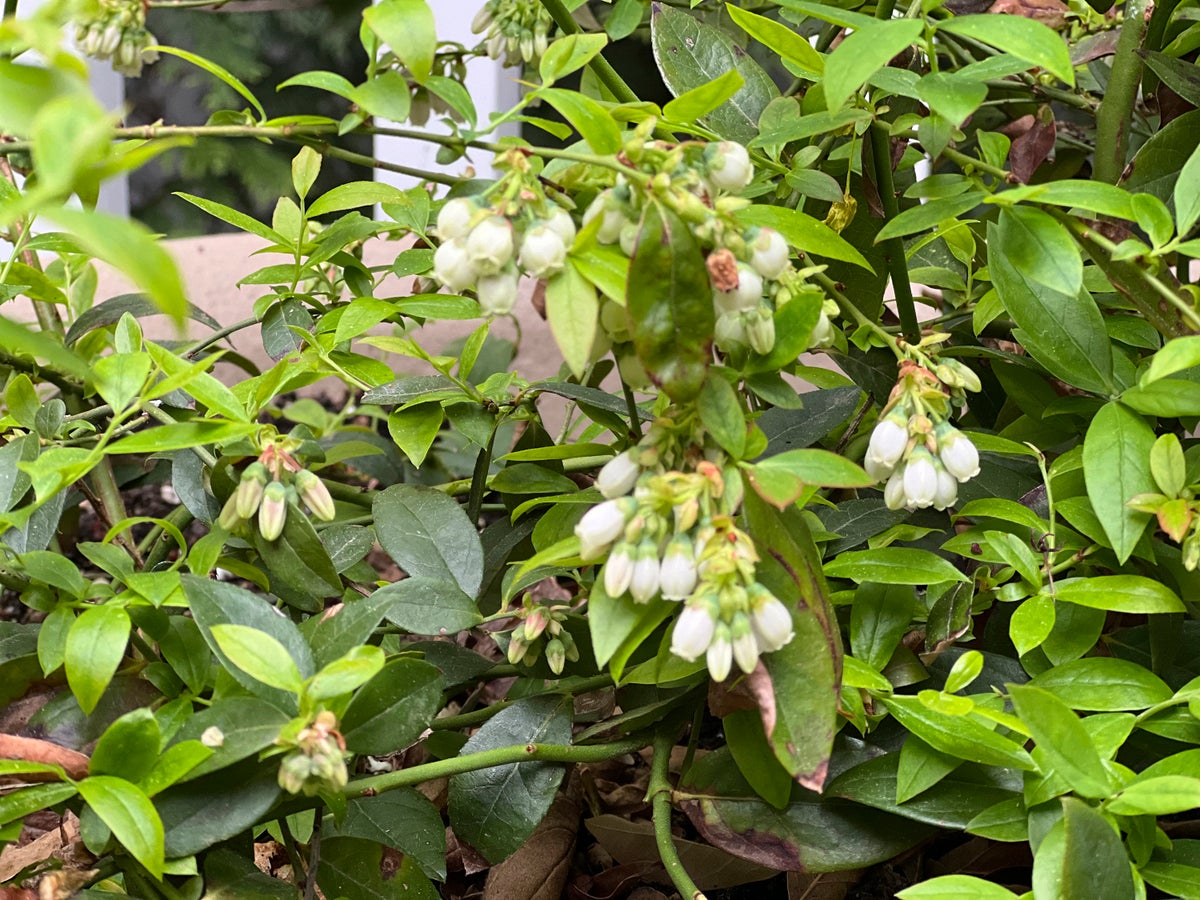
Healthy plants are the most critical component of a thriving garden. And one of the best ways to keep them that way is to make sure your soil’s pH level suits their needs.
Every plant requires a specific soil pH range within which it can best absorb essential nutrients. Because the optimal range is different for every plant, gardeners should learn the pH requirements of each one.
For example, carnations require a pH range of 6.7-6.9; turfgrasses, 6.3-6.8; tomatoes, 6.2-6.8; rhododendrons and azaleas, 4.5-6; blueberries, 4.5-5.5.
WHAT'S pH?
Soil pH indicates the degree of acidity or alkalinity of the soil, as measured on a 14-point scale. A pH of 7 is neutral. Values below 7 are acidic, and those above 7 are alkaline. Each unit on the scale is 10 times removed from the next, so a pH reading of 7.0 is 10 times higher than a reading of 6.0. That means a mere 1-unit difference is huge.
If the pH isn’t suited for a specific plant, it won’t be able to absorb enough nutrients, whether naturally occurring or applied as fertilizer. That results in deficiencies that present as stunting, discoloration and even death. Improper pH can also poison your plants, because just as it inhibits the uptake of essential nutrients, it can also increase the absorption of other nutrients to the point of toxicity.
HOW TO TEST YOUR SOIL
To learn the pH of your soil, use a testing kit, strips or an electronic meter, which are widely available at nurseries and online retailers.
Kits typically involve applying a few drops of a chemical dye on a soil sample, waiting a minute or so, then comparing its changed color to a chart. Similarly, test strips change color when dipped into a mixture of soil and water. And pronged electronic meters provide a reading after they are inserted into the soil, sometimes with water.
You can also bring a soil sample to your county’s cooperative extension office (find yours here: http://npic.orst.edu/pest/countyext.htm ), which likely offers soil testing for a nominal fee.
General guidelines will instruct you to dig up a quarter cup of soil from three separate areas 4 inches deep within the same bed (or lawn), and mix them together to create an average for the site. It’s best to call ahead for specific directions.
SOIL AMENDMENTS
You’re all set if your soil’s pH falls within your plant’s required range. However, if the reading is outside the range, your next step should be to amend the soil with elemental sulfur to lower its pH or ground limestone to raise it.
Work the product about 8-12 inches into the soil before planting. Read the package label for quantity recommendations.
Cooperative extension-provided tests offer the added benefit of expert guidance. Your results will arrive with advice about how much of which amendment to add to meet your specific plant’s target range, as well as the size of the area you are treating.
Be sure to test each section or bed in your garden separately. It’s not uncommon for variations -- sometimes big ones -- to occur, even within a small yard. It’s also best to run a pH test every two or three years, as conditions can change and amendments wear off.
—-
Jessica Damiano writes regular gardening columns for The Associated Press. She publishes the award-winning Weekly Dirt Newsletter. Sign up here for weekly gardening tips and advice.







